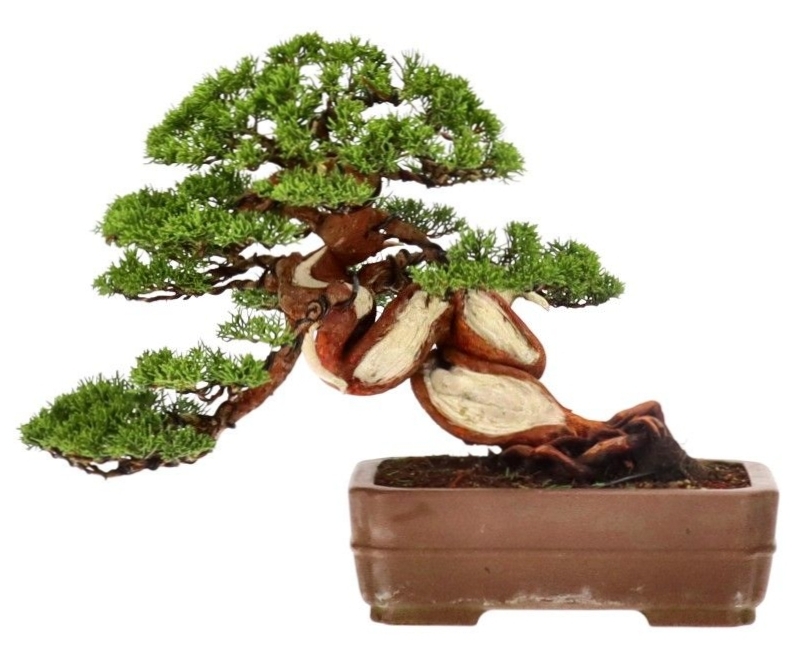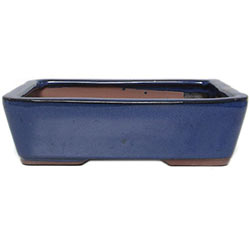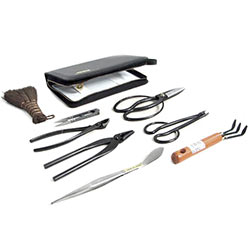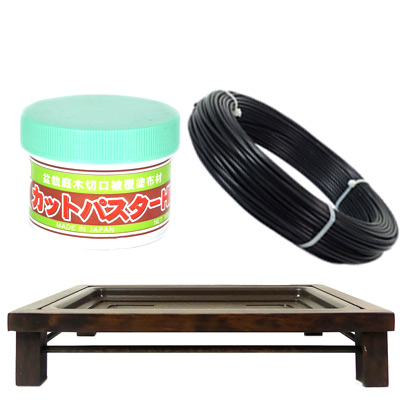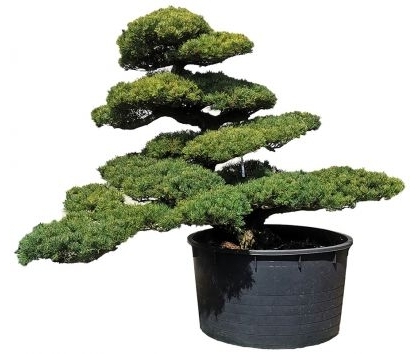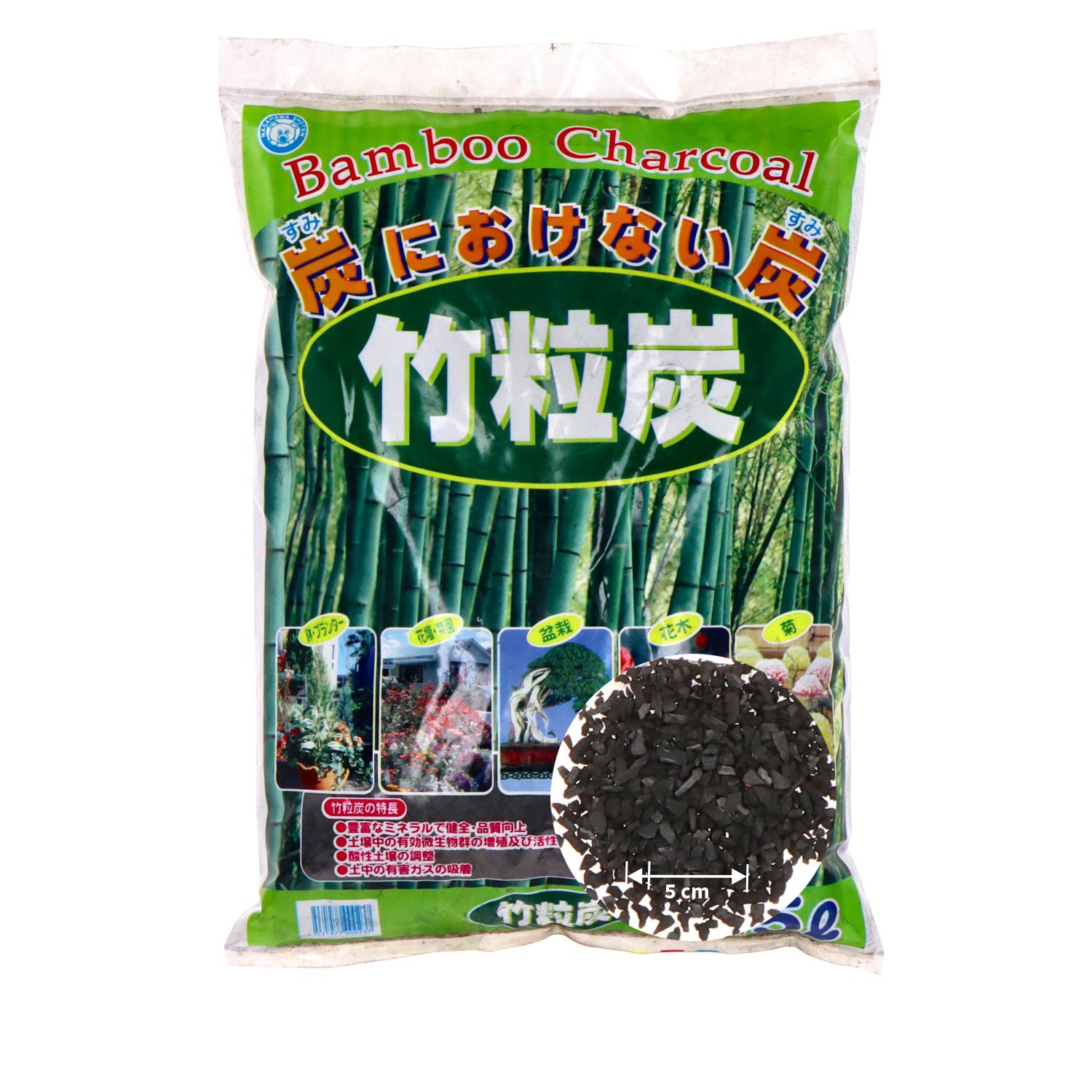Ectomycorrhiza
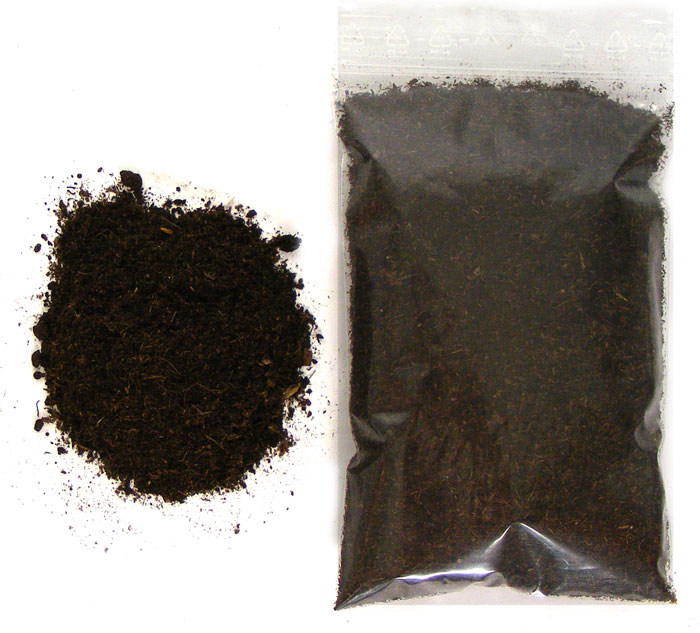
Fungal spores added to a peat substrate as a soil stimulant.
"Mycorrhiza" describes a form of symbiosis between fungi and plants.
The mycelium of mycorrhizal fungi encloses the root tips of ectomycorrhiza and it penetrates the outer layer of the bark. In case of endomycorrhiza instead, the mushroom pnetrates the root cell of the plant and can no longer be detected by the naked eye.
In this way, the absorbing surface increases from a hundred to a thousand times, which increases markedly the water and nutrient uptake capacity. Many studies show that mycorrhizal plants are able to better cope with stress situations. In particular, their resistance to dryness and their capacity to survive heavy frost increase. The plant’s susceptibility to diseases reduces considerably and nutrient shortage is no longer to be expected.
Ectomycorrhiza are especially important for the following trees:
Acacia
Birch (which also needs Endomycorrhiza)
Beech (which also needs Endomycorrhiza)
Douglas fir
Chestnut
Oak (which also needs Endomycorrhiza)
Ash (which also needs Endomycorrhiza)
Spruce
Common hornbeam
Hazelnut
European hop hornbeam
Pine
Larch
Linden (which also needs Endomycorrhiza)
Poplar (which also needs Endomycorrhiza)
Fir
Elm (which also needs Endomycorrhiza)
Walnut
Willow (which also needs Endomycorrhiza)
Ectomycorrhiza contains the following fungi strains:
Amanita muscaria, Boletus edulis, Hebeloma crustuliniforme, Laccaria laccata, Paxillus involutus, Pisolithus tinctorius, Telephora terrestris, Xerocomus badius.
The Endomycorrhiza strains are:
Glomus etunicatum, Glomus intraradices, Glomus claroideum
(it contains no genetically modified organism.)
Endomycorrhiza -units (pro cm³ of substrate): 170
Ectomycorrhiza -units (pro cm³ of substrate): 95
Nutrient content
Total-N 0,29 %
Organic substance 17,4 %
Dosage
20 to 40 ml per litre of plant substrate.
pH-value
6,7
Storage
2 years in a cool and dry place
€10.00
€50.00/Litre,
incl. VAT plus shipping

